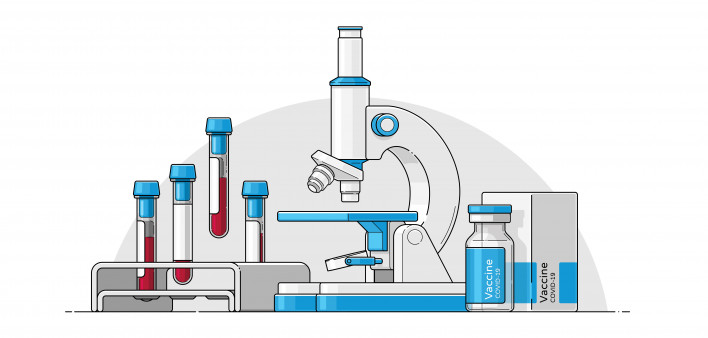I do not like needles. I never have, and I never will. After more than 30 years of living with HIV, I still get anxious every time I get my blood drawn.
That said, I do understand just how important they are to all of us seeking a healthier life. They not only draw blood to monitor our health, they also deliver vaccines to prevent diseases and medications to treat them. The benefits far outweigh the momentary pain. At least, that’s what I keep telling myself.
So when I first started hearing about long-acting injectables for HIV treatment, I was both elated and apprehensive. I admit the idea of not having to take pills anymore is intriguing. However, I have had the good fortune of being undetectable taking one pill once per day for decades. Do I really want to take a chance with injectables?
I am far from alone these days in thinking about making the switch. Our cover subject, Josh Kruger, wrestled with these questions, carefully weighing the pros and cons. Ultimately, he decided to stop taking his pills. Go here to read how long-acting injectables made Josh rethink HIV treatment, activism and the size of his butt.
Long-acting therapies are the future of HIV treatment and prevention. Injectable antiretrovirals taken less often than current options and longer-acting oral drugs are in the pipeline. Until there is a widely applicable cure, I’m glad that we continue to have new choices. Go here to learn more.
I mentioned “widely applicable” because we have already witnessed an HIV cure. The late Timothy Ray Brown was the first person to be cured. To treat his leukemia, he received a stem cell transplant, which also had a mutation that cured his HIV. Timothy died years later from a recurrence of his cancer.
To ensure that this method wasn’t just a lucky break, researchers repeated the procedure on others living with the virus who were also fighting leukemia. At least five people have been cured of HIV by this method. Marc Franke is one of them. Go here to read more about his journey.
Knowing that there are people who no longer have HIV is a comforting thought. A cure is indeed scientifically possible. What we all need, however, is a widely applicable one. The risks and costs involved in using stem cell transplants with the appropriate mutation are just too prohibitive to make this method available to everyone who needs it.
In the meantime, continuing to develop HIV treatment and prevention methods that make our lives easier remains a priority. Researchers are hard at work on them. Among them is Chloe Orkin. She was the lead investigator for the First Long-Acting Injectable Regimen study. Go here for more on how Chloe prioritizes equity and uplifts the HIV research community as a result.
This special edition dedicated to HIV treatment also includes the 2023 HIV Drug Chart. Go here to read more.







Comments
Comments